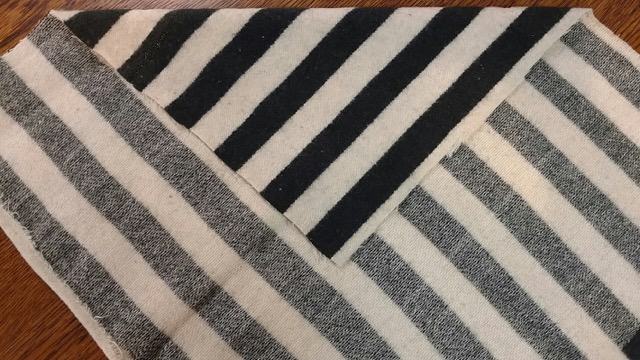
WOOL LITERACY, is a weekly series that we hope will get readers a little more literate with wool. Our teacher is none other than Peggy Hart, Founder of Bedfellows Blankets.
Over the next few weeks, we are looking at a series of mostly forgotten woolen fabrics, more or less in the order in which they were manufactured in the U.S.: flannel, broadcloth, satinet, kersey, cassimere.
Satinet
“Goods made on a cotton warp with a weft of wool…They are of low cost, but of comparatively durable quality and furnish clothing of low price and of sightly appearance.” –Wool and Manufactures of Wool, United States Treasury 1894
Satinet was a fabric woven commercially from about 1820-1890 with a cotton warp and a wool weft. It was woven first on hand looms, later on power looms, and filled a niche for cheaper, serviceable wool fabric. Satinet’s development was facilitated by the sudden availability of machine spun cotton yarn. It was also made possible by the large scale importation of merino sheep beginning in 1811, greatly improving the quality and quantity of wool available.
(Image: Greenfield Recorder, Workers pose for a portrait in New England’s Taft Mill for satinet in Oxford MA about 1888)
